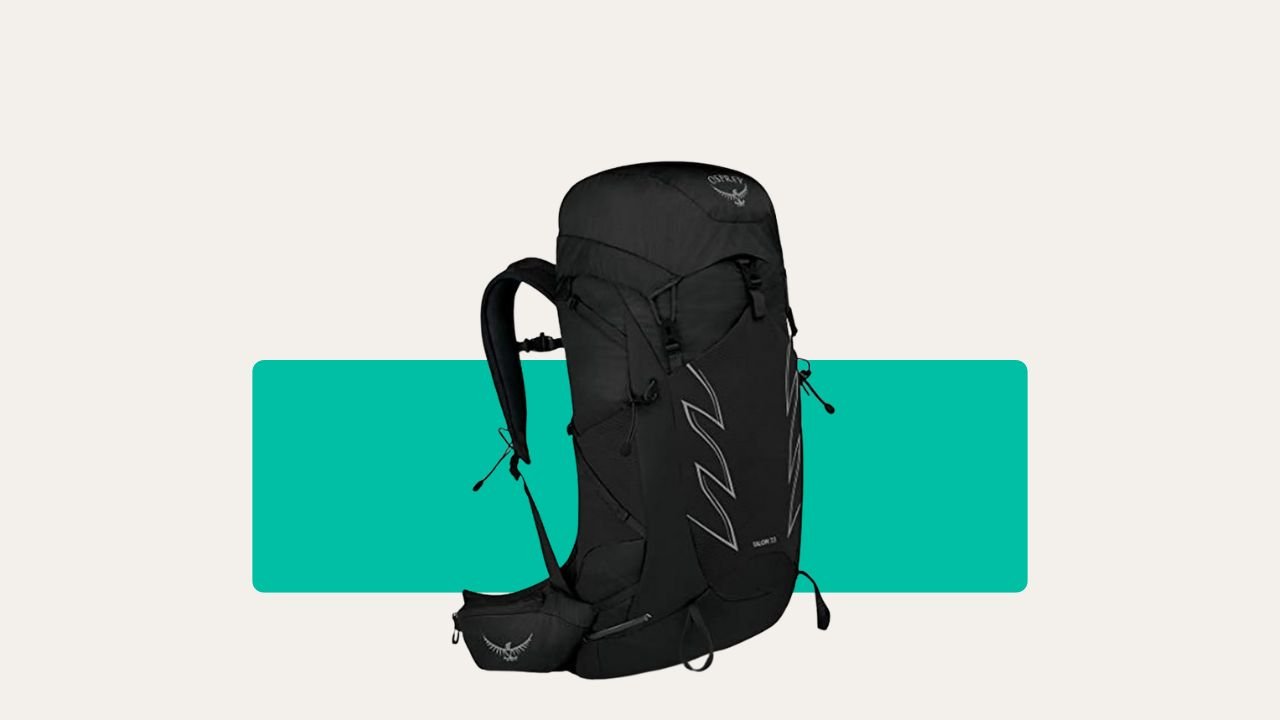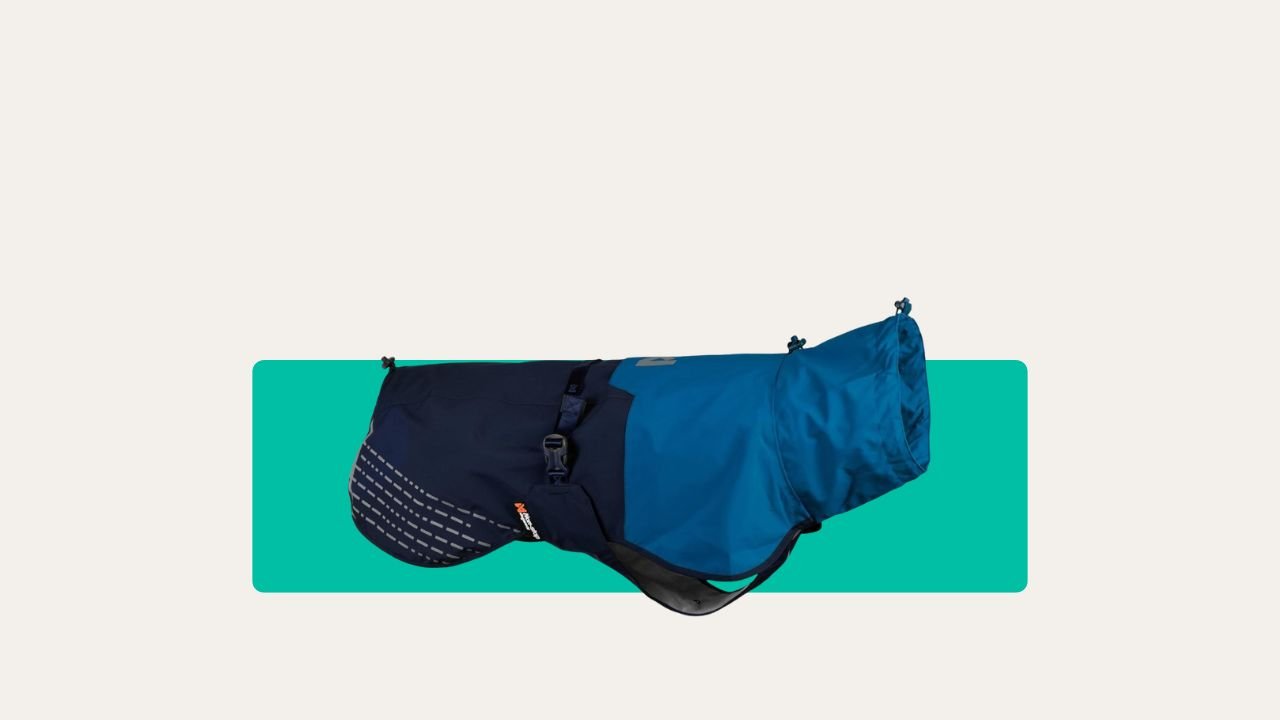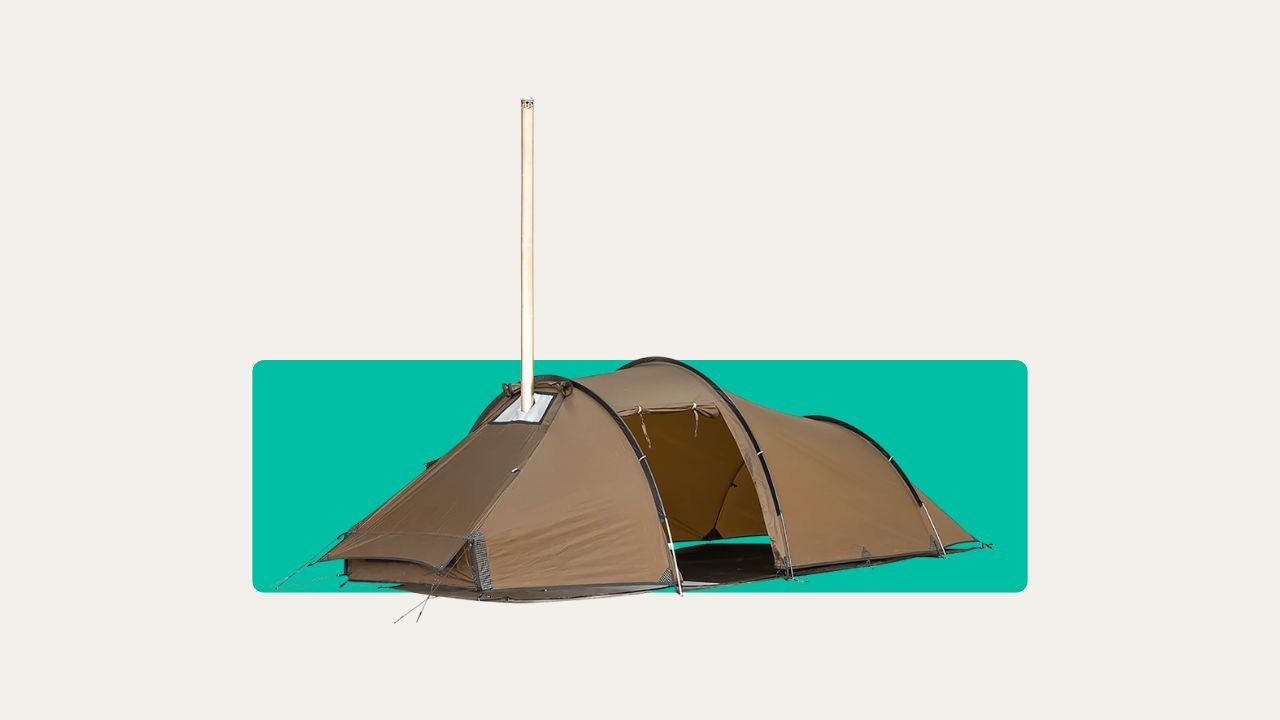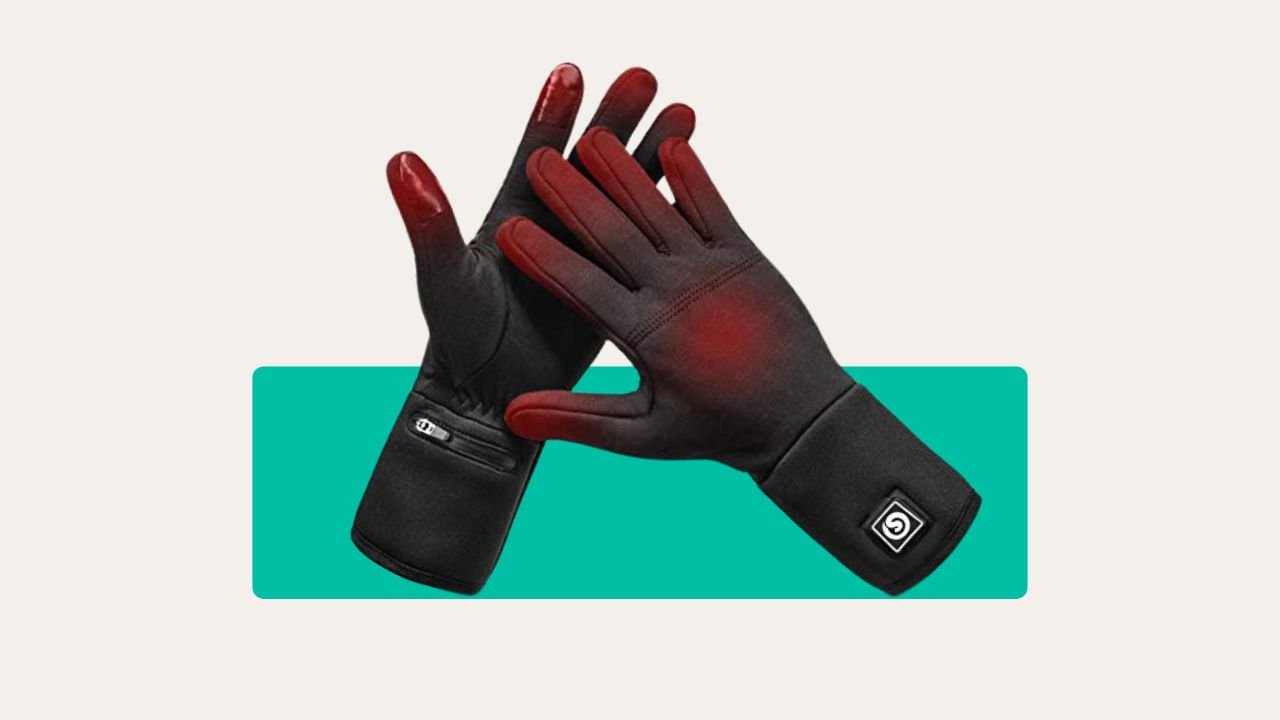Most people think wild camping means a shovel and nerves of steel. But let me tell you, nothing ends a trip quicker than a grotty toilet setup—or worse, none at all. Whether you’re wild camping on the Welsh coast, squeezing in at a festival, or posted up at a windswept, midge-riddled Scottish loch, a decent portable potty with tent saves your sanity, your relationships, and any chance of wild beauty.
After years of mid-night scrambles and one memorable disaster on Dartmoor (never, ever camp downhill from your loo), I’ve learned what works. Here’s the no-nonsense, boots-on-the-ground guide for every UK camper who wants peace of mind and a clean bum—no matter the weather.
Where You Stick It Matters: Best Spot for Your Camping Toilet
Here’s the big mistake: most campers pop their toilet where it’s handy, not where it’s smart. But you need a flat, stable bit of ground for your loo—zero wobble means zero disasters in the night. Wind matters too; tuck the privacy tent out of prevailing gusts or risk it doing a Mary Poppins at 2am.

Never pitch your camp toilet closer than 60 metres to a water source. Yes, sixty. Streams, lakes, even that little beck after heavy rain—keep them well away. It’s about not polluting and avoiding smells in your morning cuppa.
Privacy tents are brilliant. Quick to pitch, keep out midges, give everyone dignity (kids, too). The rule is: if you’d feel awkward, someone will walk by. Use a tent or even a tarp angle if you can’t get one.
Setup for Success: Assembly Without Fuss
Ignore complicated guides. Here’s what actually matters. For a bucket-style toilet, line it with a tough bag and absorbent powder. If you’ve got a folding camping potty, check all joints—those cheap ones love to jam up with grit.
For cassette toilets, snap on the seat tight, lock the waste tank in place, and add your chemical or eco-fluid—most will need water in the flush tank, too. Best to check for leaks before first use. I learnt that the hard way at midnight, in the rain, in Wales. Always read those instructions, even if you hate manuals; believe me, you don’t want a guessing game at 3am.
Pop your camp toilet and tent somewhere you can reach easily in the dark. Last thing you want is to play “find the loo” in welly-sucking mud.
Using Your Camping Toilet: Comfort, Cleanliness, Confidence
No, you don’t have to hover or kneel unless you’re determined to punish your knees. Sit as you would at home—it’s cleaner and less risky for “splashback”.
Bring a pack of biodegradable wet wipes and a roll of proper, quick-dissolving toilet paper. Don’t use regular household loo roll; most clogs in camp are caused by the wrong paper.
For camp toilets with bags, tie off the bag each time you use it for number twos. Chuck in a scoop of absorbent powder—smells are the enemy, especially in sun or when you’re parked up for days.
When you’re done, always close the lid and the privacy tent. I once had a squirrel get in during a Highland gale—trust me, you only need that shock once in your life.
Waste Management: How to Keep it Fresh and Fuss-Free
Lining your camp toilet with the correct bag is everything. For buckets, go tough and leak-proof, not those thin bin bags—the risk is not worth it. Folding models often need special liners, sized right to avoid accidents.
If you’re using chemicals or powders, don’t skimp—more is better than less, especially if it’s muggy or you’re at a festival. Even composting loos should get a handful of sawdust or biodegradable powder after each solid visit. It’s not just for smell; it helps break down waste and makes emptying far easier.
Check the waste level every morning. Most models have a gauge—don’t trust your sense of smell alone. Overflowing is the mistake you only make once.
Emptying and Cleaning: Where, How, and Why You Should Care
Wait until it’s actually full, but never overfull. If there’s a level indicator, trust it. If it smells bad even after adding chemicals, it’s time to empty.
Wear gloves—always. Even if you’re not squeamish, campsites are full of hidden hazards. Cap off all spouts and valves before moving. I once forgot and had to hose down a boot, and my dignity, at a Lake District service station.
Only ever empty at a proper chemical disposal point. UK campsites, motorway services, and some public loos have these—check your site map or ask the warden. Never dump in a bush or waterway; it’s illegal, antisocial, and foul.
Rinse everything with clean water after emptying and add more chemical before setting up again. This is what keeps the odour down and your next trip trouble-free.
Packing Down and Storing Your Loo
This bit is critical and easily forgotten. Dry every part before packing away—a damp toilet is a mouldy, stinky nightmare come next trip. I prop mine open in a sunny spot or near the van’s heater. Even one drop of moisture can rot a gasket after months in the shed.
Disassemble, wrap up loose bits, and stash in a vented area. If your folding camping potty collapses, don’t force it; clean hinges, wipe with a dry cloth, and check it’s actually clean. Nasty surprises in spring make you regret every rushed autumn pack-down.
Store chemicals and paper nearby, but separate—if you get leakage, you want it contained.
Troubleshooting: Problems and Real Fixes
Common issues? Let’s be honest, leaks and clogs. If your toilet’s leaking at the seams, check the seal and replace any worn rubber rings. Carry spares—these things can fail just when you need them.
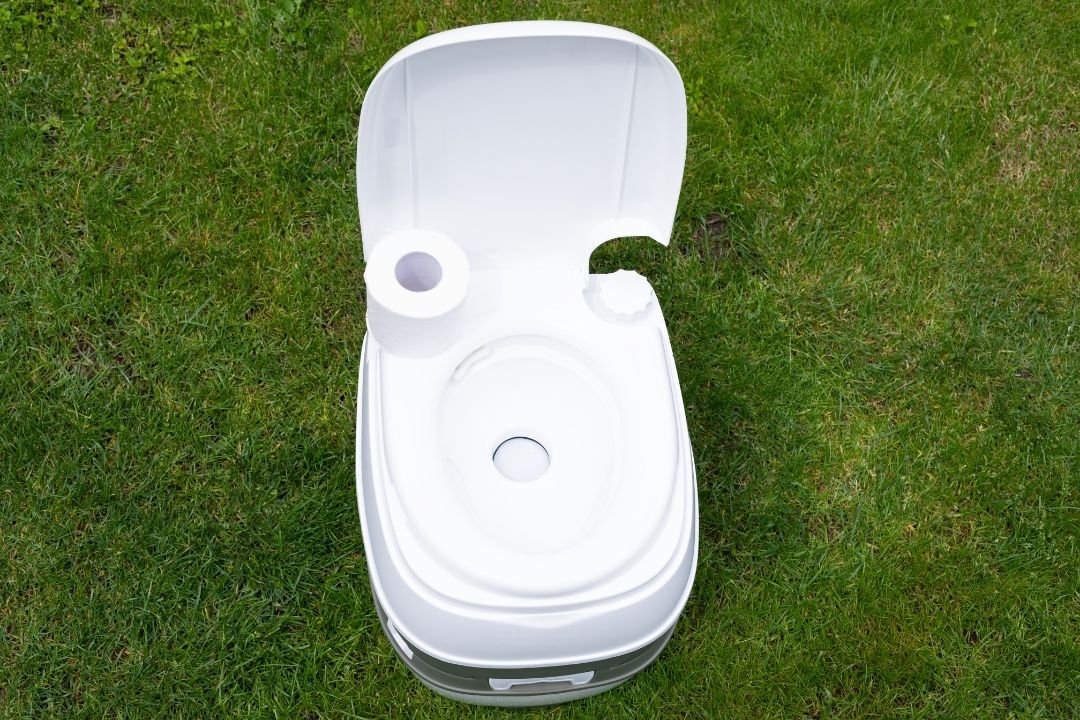
If it’s not flushing, 99% of the time, it’s low on fresh water or a piece of loo roll is clogging the works. For blockages, use a rubbish stick (never your hand), or better, a dedicated loo brush kept in a plastic bag.
Stubborn odours? Double-dose your powder or fluids, clean the tank with bicarbonate soda, and dry outside. If the smell still wins, it’s time for a new waste tank—sadly, some never recover.
Windy nights can blow over your privacy tent if it’s not anchored. Use spare pegs, string, or even heavy shoes as ballast. I’ve woken up to mine in the next field once—not fun.
The Right Supplies: What You’ll Wish You’d Packed
Don’t stint on supplies. You’ll want:
- Proper bags (heavy-duty for buckets, fit-for-purpose for your model)
- Eco- or camp-friendly chemicals or powders (helps breakdown and odour, crucial for UK humidity)
- Disposable gloves (life-saver for emptying or cleaning)
- Wipes and small spray for on-the-go cleaning
- Biodegradable loo roll—never standard stuff
- Head-torch for night runs (hands-free beats juggling torches any day)
If you’re using a portable potty with tent, check your tent has air vents for midges and anchors for gusty nights. Bring a roll of duct tape: fixes split bags, flapping zippers, or even a snapped hinge in a pinch.
Parting Advice: Leave the Site Nicer Than You Found It
End of the day, your camp loo is about respect—for yourself, your mates, and the wild places you love. If you leave no trace, camp rangers love you, and so does the next family in your spot.
Always double-check there’s nothing left behind—not even a tiny square of paper. A forgotten camp toilet in a car boot on a hot day will haunt your next trip, trust me.
Go prepared, use what you’ve got, and don’t overthink it. There’s nothing heroic about doing without, and plenty that’s good about a comfortable, hassle-free loo break—especially when the rain’s lashing sideways and midges are swarming.
Happy camping—and may your portable toilet always be upright, fresh, and ready when you need it most.
Got questions or a horror story? I’ve probably done worse. Drop a comment below, or check out my full guide to making every bit of wild camping easier.

